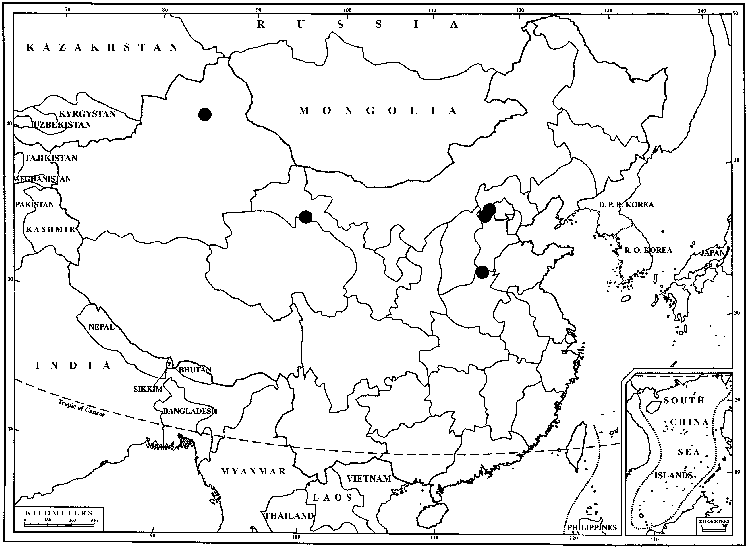Tortula subulata
Sp. Musc. Frond., 122, plate 27, figs. 1–3. 1801,.
Leaves oblong-lanceolate to long-elliptical, apex acute, mucronate, margins recurved at base, bordered in proximal 2/3 to throughout with 3–5 rows of thicker-walled cells, 1–3: 1; costa short-excurrent, lacking an adaxial pad of cells, distally very gradually narrowing, 3–5 cells across the weakly convex adaxial surface; distal laminal cells rounded-hexagonal, (10–) 15–18 µm wide, 1: 1, strongly papillose with 4–5 2-fid papillae. Sexual condition autoicous. Sporophytes exerted. Seta 1–3 cm. Capsule stegocarpic, not systylius, cylindric, erect and nearly straight, urn 4–6 mm; peristome 1700–2000 µm, teeth of 32 filaments twisted at least 1 full turn, basal membrane high, ca. 1000 µm; operculum ca. 1.5–2.5 mm. Spores (8–) 12–18 µm, spheric, finely papillose.
Phenology: Capsules mature spring–early summer.
Habitat: Soil
Elevation: low to moderate elevations
Distribution

Alta., B.C., Calif., Colo., Ill., Mont., Oreg., Utah, Wash., Europe, Asia, n Africa
Discussion
Forms of Tortula subulata may approach T. mucronifolia in the indistinct laminal border, though the laminal cells are quite papillose. The European var. angustata (Schimper) Limpricht, characterized by narrower leaves, a more acute, denticulate apex, with a stronger border, is not recognized here because North American plants that approach this variant fully intergrade with the typical variety (see discussion by W. C. Steere 1939c). The former has recently been recognized on the basis of molecular data by M. J. Cano et al. (2005) under the name T. schimperi Cano, Werner & Guerra. The cladogram branch arrangement, however, had only a 0.77 posterior probability of not being imbedded among specimens of T. subulata and only one morphological trait (the 2-stratose basal leaf margin) was selected post hoc as meaningful, a multiple test problem in statistics. Of the six specimens of T. schimperi analyzed and molecularly segregated, four were from Europe and two from California, which indicates at least one shared molecular trait. Further research, however, is needed, given odd segregation patterns in T. subulata in the strict sense.
Selected References
Lower Taxa
"um" is not declared as a valid unit of measurement for this property."um" is not declared as a valid unit of measurement for this property.